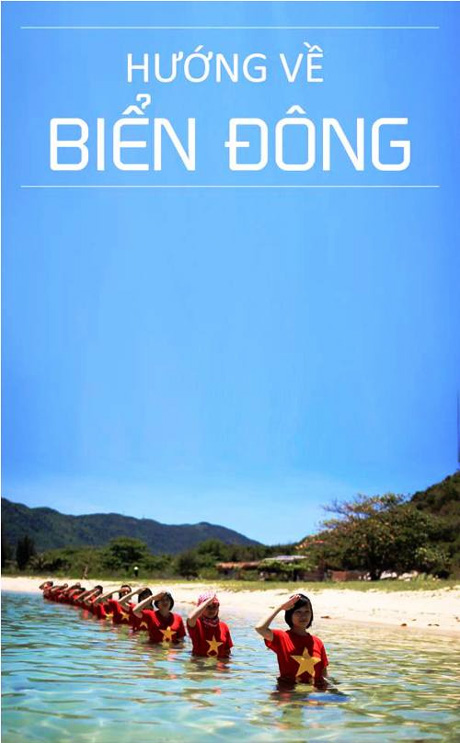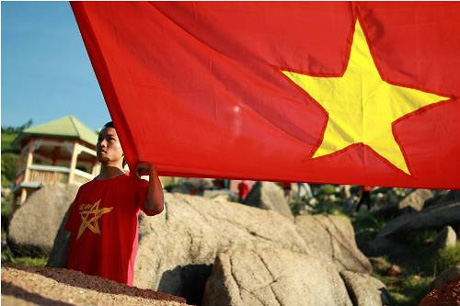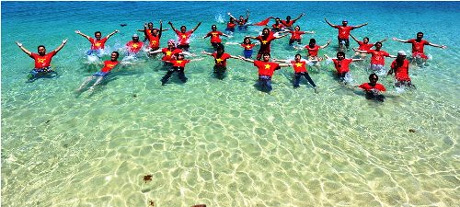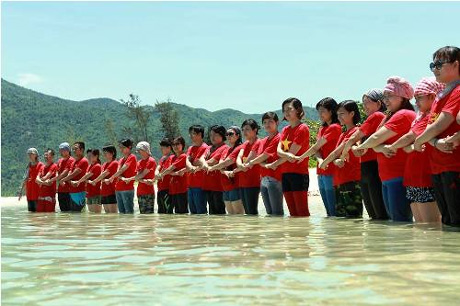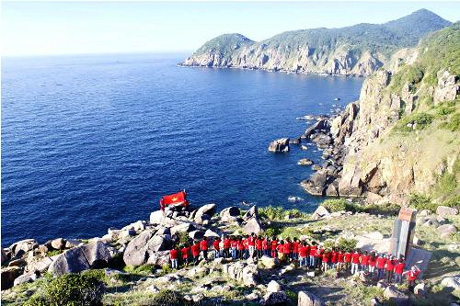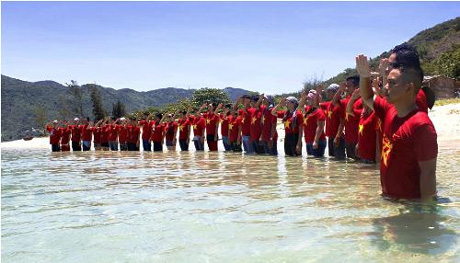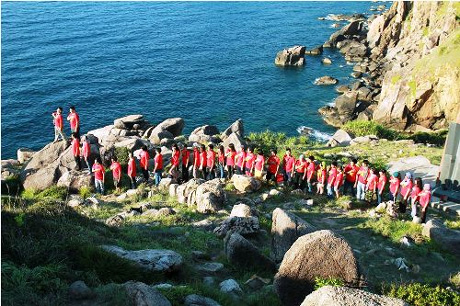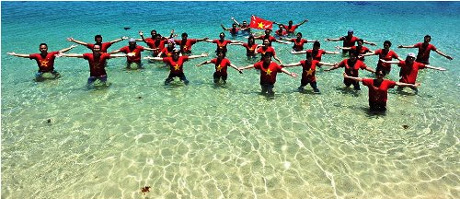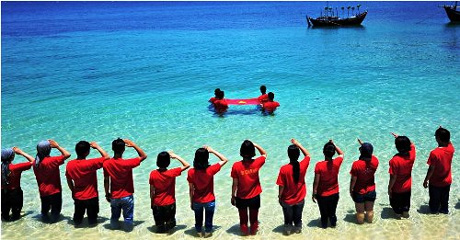Rebecca Beaufour opened a jar of fermented fish paste with great hesitation and frowned at the powerful aroma.
The French teenager wasted little time studying the new ingredient further. Instead, she hurled a spoonful into a pot of boiling broth below her. Then she wheeled around with a cleaver and began smashing stalks of lemongrass, before folding the fibers into wads and adding them to the liquid too.
This was her 28th Vietnamese dish she'd learned at the Vietnam Cookery Center in downtown Ho Chi Minh City, Tuoi Tre reported in a feature on Vietnam's new efforts to win over tourists' hearts through their stomachs.
So far, the programs have been a blast, as the tourists increasingly consider local food an attractive path toward understanding Vietnamese culture.
Beaufour’s parents arrived in the city about a month ahead of her to scout out the program for their 19-year-old daughter, who'd already spent a year working in a professional Parisian kitchen.
They booked her a 56-dish course that would unfold during 14 three-hour weekend sessions.
She said she chose to study Vietnamese food as it uses little fat and a lot of spices. She found many recipes similar to French cuisine in their usage of snails and entrails.
Beaufour plans to open a restaurant that serves Asian dishes, including Vietnamese, in Paris when she masters the preparations.
Her favorite sessions, so far, centered on chicken. She learned to make Vietnamese chicken curry, chicken mango stir-fry, chicken with sticky rice, fish sauce fried chicken wings, and chicken stir-fried in five spices.
She said Vietnamese dishes look easy to prepare, but they are not at all.
Nguyen Van Tuan, head of Vietnam National Administration of Tourism, said Vietnamese food has always been a huge draw. Samples brought to international tourism fairs, he noted, quickly run out.
“Many foreigners have yet to have a chance to enjoy Vietnam's attractive, delicious and nutritious foods. So culinary tourism should offer a way to bring more visitors to Vietnam.”
As Beaufour put the finishing touches on her fermented fish soup (otherwise known as “ bun mam”), Waka Takesue of Japan was sitting down to the lunch she'd prepared herself in another of the center's kitchen classrooms.
 Waka Takesue of Japan cooks canh chua ca loc (sour soup with snakehead fish) at the Vietnam Cookery Center in Ho Chi Minh City. Photo credit: Tuoi Tre
Waka Takesue of Japan cooks canh chua ca loc (sour soup with snakehead fish) at the Vietnam Cookery Center in Ho Chi Minh City. Photo credit: Tuoi Tre
Takesue spent the morning preparing ginger-steamed rice, beef and tamarind salad, sour fish soup, and mung bean porridge for dessert.
Though this represents her first visit to Vietnam, Takesue carefully researched the cuisine prior to departing.
The course she signed up for also included trips to the market and to choose good ingredients.
“I will surely introduce these classes to my friends and relatives,” she said.
Le Dang Khanh Linh who manages sales and marketing at the center, said it can accommodate up to 40 such foreign “chefs” at a time.
New people register for classes every day. About half learn about the center themselves and half are brought by travel agents as part of package tours.
“Most of our customers say Vietnamese food doesn’t fill them up too much and is easy to digest thanks to a paucity of oil and an abundance of aromatic herbs and spices," Linh said. "The preparations are not too complicated.”
Travel insiders said demand for Vietnamese cooking classes is quite high among foreign tourists, especially English-speakers.
Many courses in Ho Chi Minh City, Hanoi, Hoi An, Hue, Nha Trang and Da Nang have opened to robust business, including restaurants at large hotels.
A representative from the inbound department of HCMC’s top travel firm SaigonTourist said it is planning a cooking class for 45 European tourists at the center on Nguyen Trai Street.
Doan Thi Thanh Tra, director of the firm’s marketing and communications department, said that while many tourists book the cooking courses ahead of time, others are inspired to join after a couple days of trying local food.
Like us on Facebook and scroll down to share your comment
Thanh Nien News







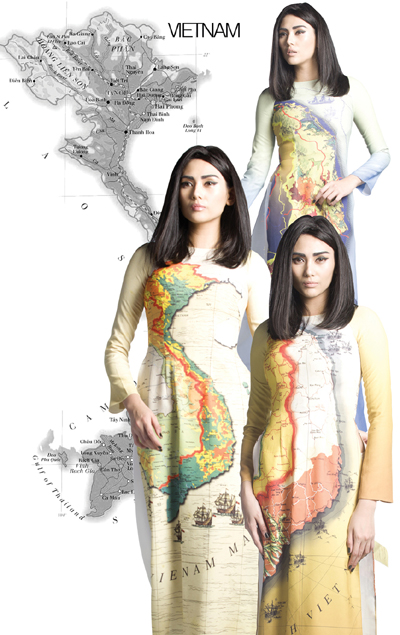
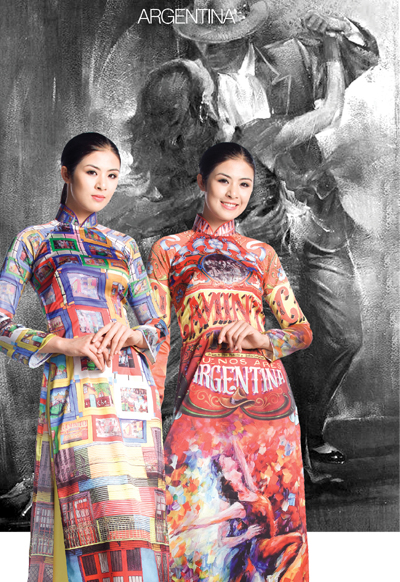
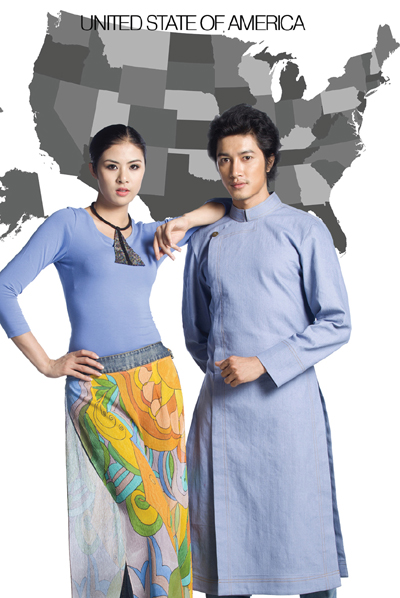
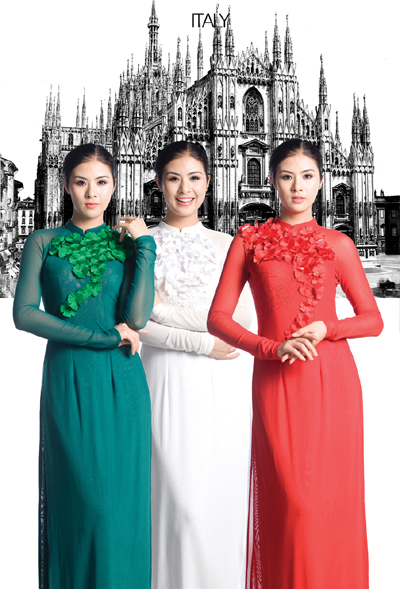













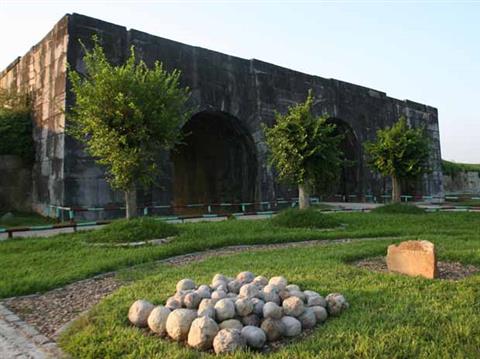
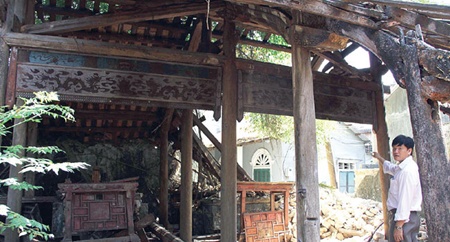







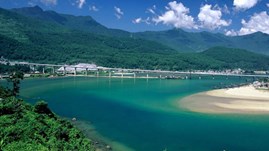 It features a variety of activities to entertain visitors, including sport games, camping, a culinary contest, a unique display of handicrafts, kite flying, photo exhibition, and folk games.
It features a variety of activities to entertain visitors, including sport games, camping, a culinary contest, a unique display of handicrafts, kite flying, photo exhibition, and folk games. 
